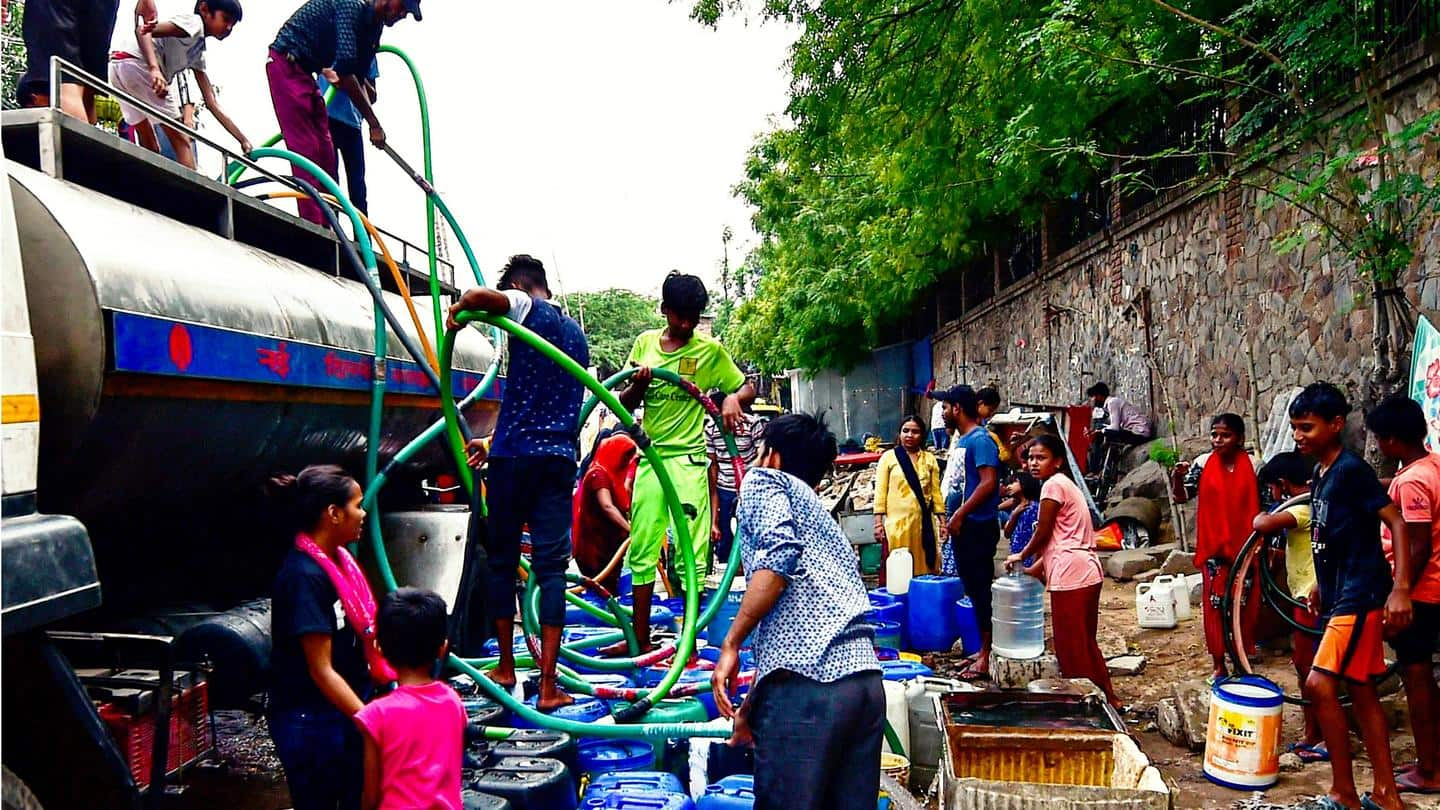Post-Green Revolution, Punjab, and Haryana have become water-stressed states due to the cultivation of paddy as the main kharif crop, a massive increase in cropping intensity, and rapid urbanization and industrialization. However, the real issue – reverting to sustainable cropping patterns and improving water-use efficiency – remains unresolved.
Paddy agriculture in Punjab and Haryana plays a vital role in India’s food security, but it is becoming unsustainable due to its excessive dependence on water. Overexploitation of groundwater due to paddy cultivation has led to a severe water crisis in the region. 88 water units in Haryana have been categorized as overexploited. To tackle this problem, urgent reforms are required to protect both agriculture and water resources.
Overexploitation of groundwater: Paddy cultivation in Punjab and Haryana requires excessive irrigation, which has led to a sharp depletion of groundwater levels. A study conducted by the Central Ground Water Board in 2023 found that 87% of Punjab’s blocks were overexploited due to excessive water extraction for paddy cultivation. Paddy cultivation consumes about 4,000-5,000 liters of water per kg of rice, putting immense pressure on the region’s water resources. In comparison, millets require only 500 liters of water per kg, highlighting the huge difference in water requirements and the unsustainable nature of paddy cultivation. Free electricity for tube wells has led to the unregulated exploitation of groundwater, further aggravating the crisis.
Punjab farmers received a subsidy of Rs 38,973 per hectare for electricity, canal water, and fertilizer in 2023-24, leading to continued overexploitation of groundwater. The increasing water stress due to paddy cultivation is further exacerbated by climate change, with erratic rainfall adversely affecting aquifers. The rapid decline in water levels in Punjab and Haryana threatens the long-term viability of agriculture.
Paddy cultivation promotes mono-cropping systems, which reduce biodiversity and deplete soil nutrients, thereby reducing agricultural sustainability. Studies show that crop rotation improves soil quality but paddy cultivation discourages such diversity. High water demand also leads to increased use of chemical fertilizers, which further deteriorates soil quality and pollutes water sources. Flood irrigation, a major method used in paddy cultivation, leads to huge water wastage through evaporation and runoff. Continuous paddy cultivation increases soil salinity, which reduces the productivity of agricultural land and makes it less suitable for other crops. Paddy fields contribute significantly to greenhouse gas emissions, especially methane emissions that aggravate climate change and impact long-term agricultural viability. Paddy cultivation generates 5 tonnes of carbon dioxide equivalent per hectare, making it a major contributor to agricultural emissions.

Encouraging the cultivation of less water-intensive crops such as pulses, oilseeds, and millets can significantly reduce water use and improve sustainability. Punjab’s 2024 scheme offers an incentive of Rs 17,500 per hectare for growing alternative crops other than paddy, aimed at encouraging diversification. Redirecting subsidies from paddy to other sustainable crops is essential to incentivize farmers. Promoting practices such as direct seeding of rice and micro-irrigation systems can help conserve water while maintaining yields. Ensuring market assurance for crops such as pulses and oilseeds through MSP and procurement programs can reduce farmers’ fear of growing crops other than paddy. With the Food Corporation of India procuring 92.5% of Punjab’s rice in 2023, similar mechanisms can promote the practice of growing alternative crops.
Educating farmers regarding the benefits of crop diversification and water-saving practices can promote long-term change. A coordinated effort between the central and state governments, restructured subsidies, focusing on water-efficient practices and market assurance, can orient Punjab and Haryana towards sustainable agriculture. Such reforms will balance agricultural productivity with environmental protection, secure the region’s water resources, and ensure the future of its farming communities.






